This is the first of what will be three posts about South African cricket – I will also cover the period of isolation and their second incarnation as a test nation. I have previously done an all time SA post (click here, although a current version would show some changes).
THE XI IN BATTING ORDER
- Herby Taylor (right handed opening batter). The number of test match batters who could claim with any conviction to have mastered the great Syd Barnes totals one – this man, who in a series when Barnes took 49 wickets in four matches at less than 10 a piece before missing the fifth due to a dispute over terms and conditions scored 509 runs at 50.90.
- Trevor Goddard (left handed batter, left arm medium paced bowler). He was a regular opener, averaging 35 with the bat at test level and taking his test wickets (123 in 41 matches) at 26 a piece.
- Bruce Mitchell (right handed opening batter, occasional leg spinner). His bowling is not likely to be needed here as will be seen later. He 42 played matches over a 20 year span (split into two by WWII), scoring 3,471 runs at 48.88. He usually opened but I have put him one place lower in this XI to mix up the left and right handers.
- Graeme Pollock (left handed batter). He played enough test matches before isolation for his greatness to be confirmed, and because he never played county cricket he was barred from playing in Packer’s World Series Cricket, so his deeds post 1970 were largely confined to those performed in his native land, hence my decision to pick him in this XI rather than the next.
- *Dudley Nourse (right handed batter, captain). One of the legendary figures of South African cricket, averaging 53 at test level.
- Aubrey Faulkner (right handed batter, leg spinner). The most genuine of genuine all rounders, and as such one of the first names on the team sheet.
- +John Waite (wicket keeper, right handed batter). 141 dismissals in his 50 test appearances, and a good enough batter to average 30 at the highest level, with four centuries along the way, and that when he was often used as an opener, a tough ask for a keeper.
- Bert Vogler (leg spinner, right handed batter). 64 wickets at 22.73 in his 15 test appearances, and good enough with the bat to average 17 at test level with two half centuries.
- Hugh Tayfield (off spinner, right handed batter). One of the most economical of all test bowlers, once sending down 137 successive dot balls against England. He was also South Africa’s leading wicket taker of their first incarnation as a test nation with 170 scalps in 37 test matches at 25.91 a piece, and like Vogler he sometimes had his moments as a lower order batter.
- Peter Pollock (right arm fast bowler, right handed batter). As the elder of two brothers he had to get his younger brother out if he wanted a bat on their backyard games as a child, and since that younger brother was Graeme Pollock this took a fair bit of doing. 116 wickets in 28 test matches at 24.18 confirms that he developed into a decidedly good bowler. He was also far from being a rabbit with the bat.
- Neil Adcock (right arm fast bowler, right handed batter). A genuine number 11 with the bat, but 104 wickets at 21.10 each in 26 test matches confirms his greatness in his chosen department.
This side has great batting depth, with only Adcock absolutely incapable of assisting in that department and a well varied bowling attack. The seam department is a little light, with Goddard third in line in that department, but I would not anticipate this side struggling to take 20 opposition wickets.
HONOURABLE MENTIONS
I ruled out Barry Richards, reserving him for the 1970-91 side, as four test matches is an insufficient sample, and unlike RG Pollock he was seen all around the world after the enforced ending of his international career. That meant that other than my choices there were two serious candidates for the opening berths – Alan Melville and Eric Rowan. Melville, because of WWII, only got to play 11 test matches, though his record was outstanding in those matches. Rowan was nearly as awkward a customer for his team mates and the SA cricketing authorities as he was for opposition bowlers.
Two great figures from the early days of SA cricket, Jimmy Sinclair (their first ever test centurion) and Arthur William ‘Dave’ Nourse missed out because their records lacked sufficient substance to back up their legendary status.
The only rival for Faulkner’s slot was Eddie Barlow, but his test record was that of a batter who bowled, not an all rounder, so I opted for Faulkner as offering a more complete package. Some would have opted for Denis Lindsay as keeper, but he only had one really good series, whereas Waite was a consistent performer over a long period of time.
I regarded all my four specialist bowlers as having ironclad cases for inclusion. Of the quicker bowlers Peter Heine was the unluckiest to miss out based on concrete achievements. We have no way of knowing how great Krom Hendricks might have been if given the chance, and ‘Buster’ Nupen was superb on matting pitches but ineffective on turf, a disparity that is reflected in his modest test record. Athol Rowan was possibly an even more talented off spinner than Hugh Tayfield, but a knee injury sustained during WWII ruined his career.
PHOTOGRAPHS
My usual sign off…
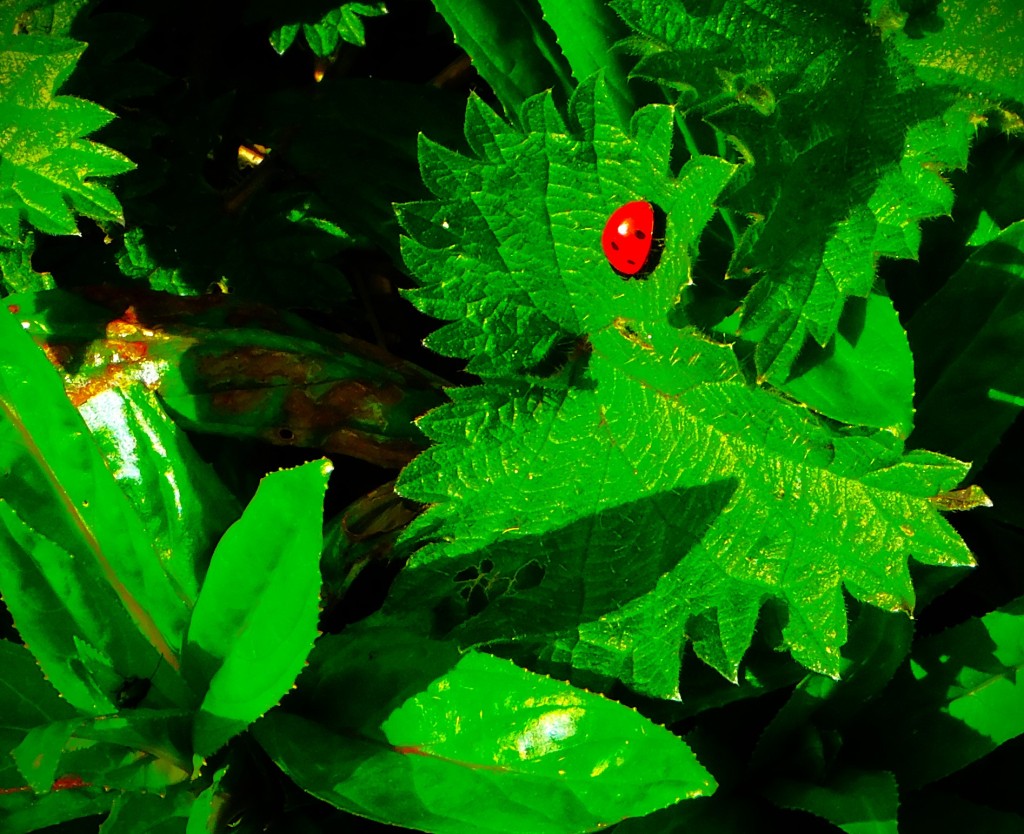








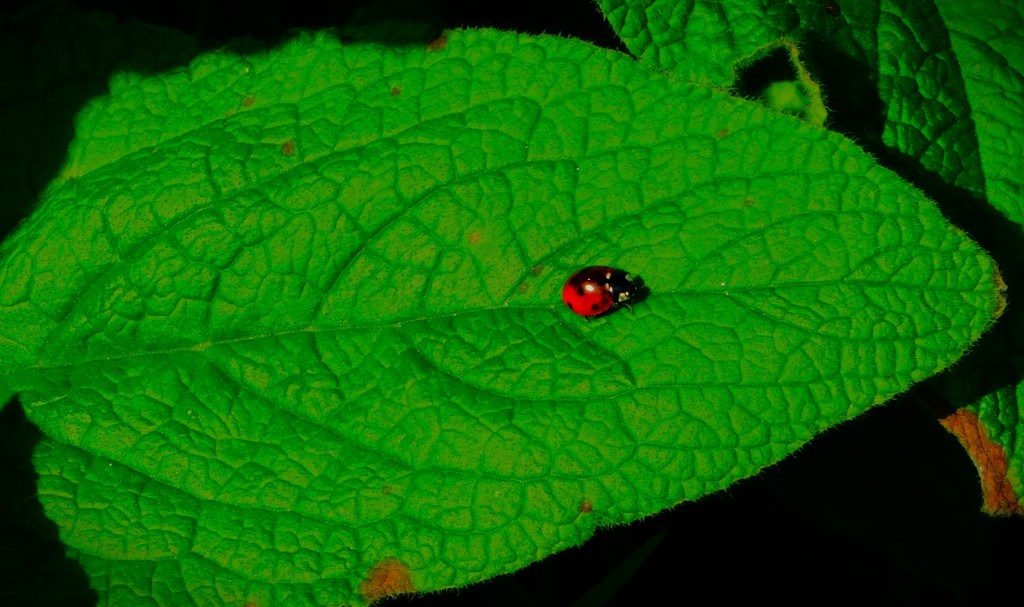


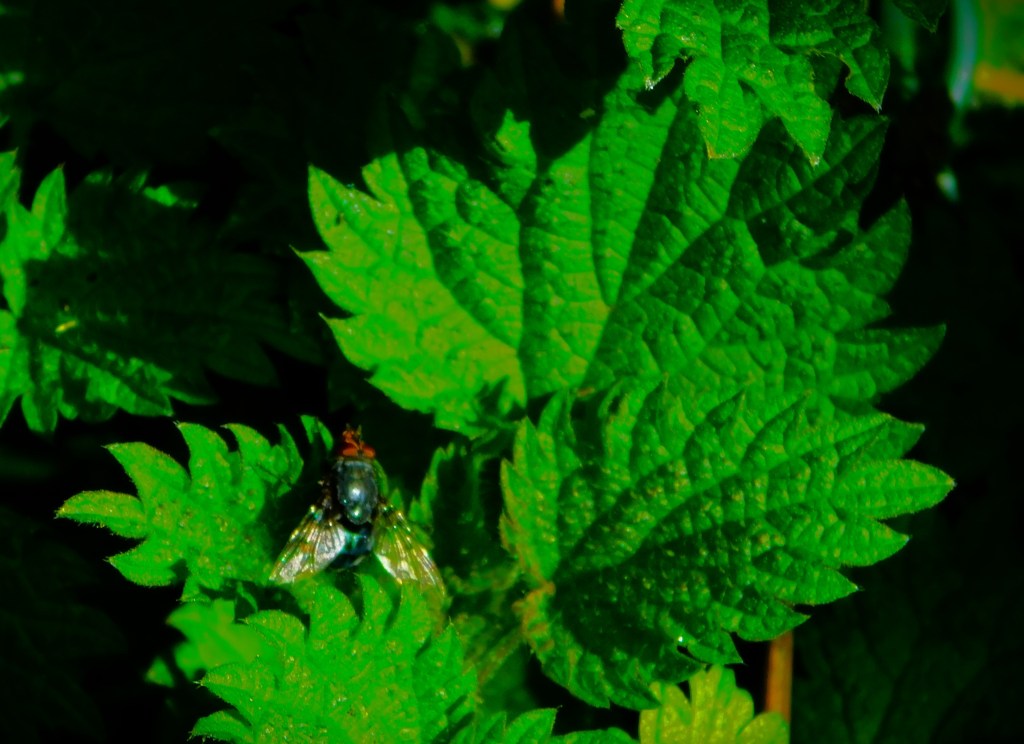









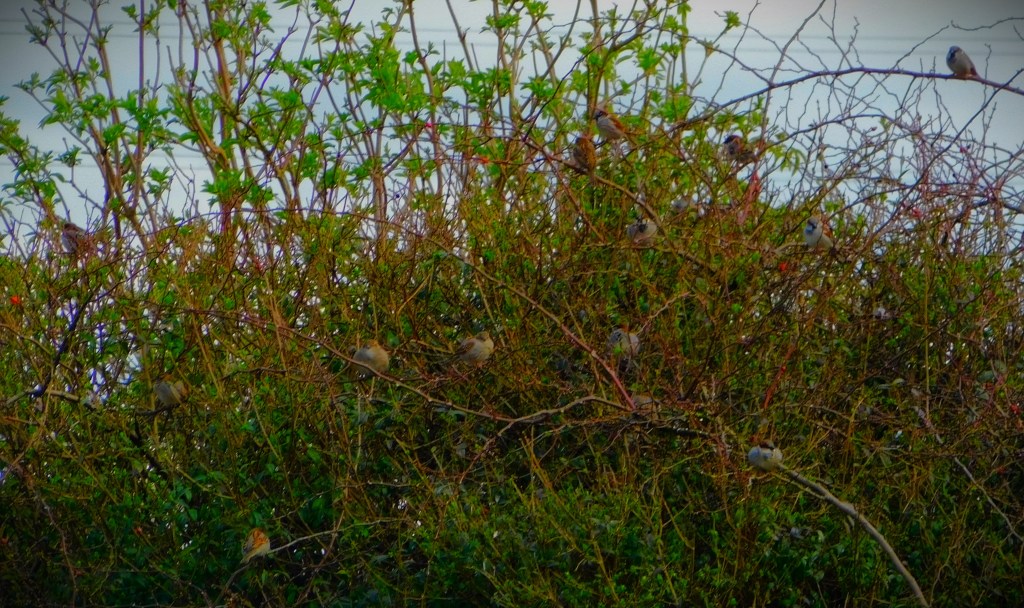


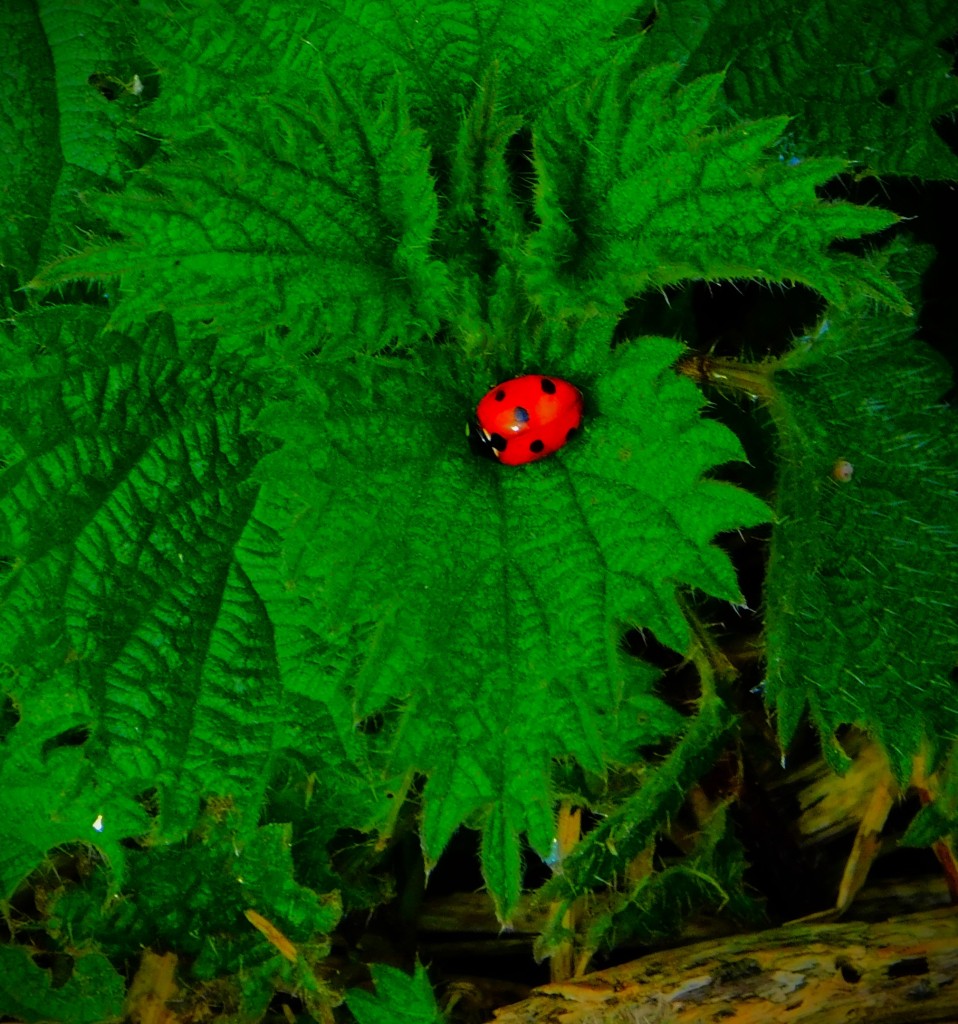






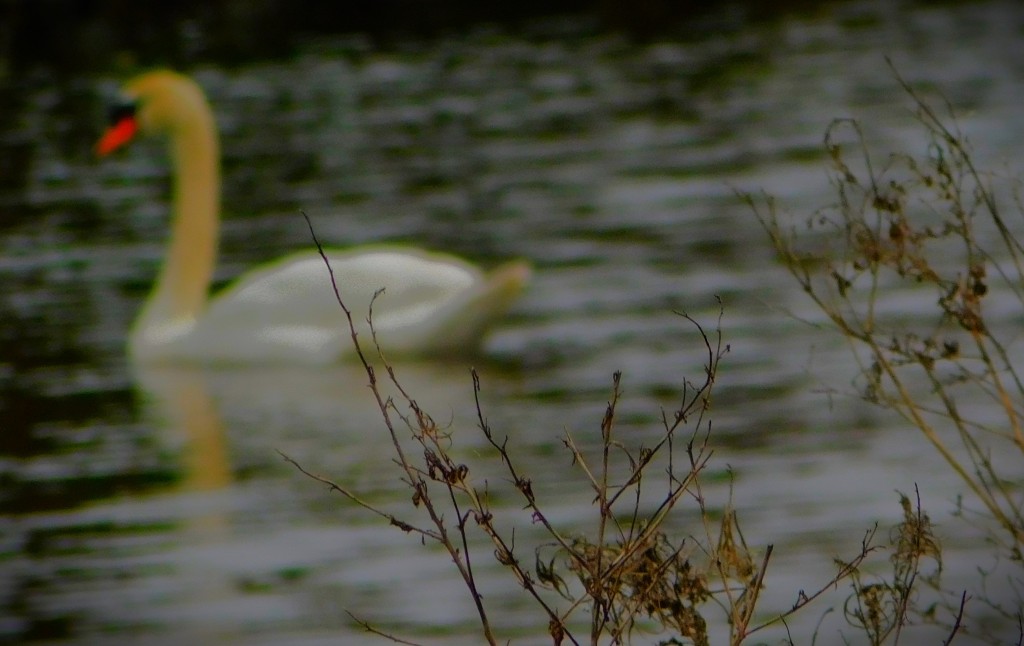






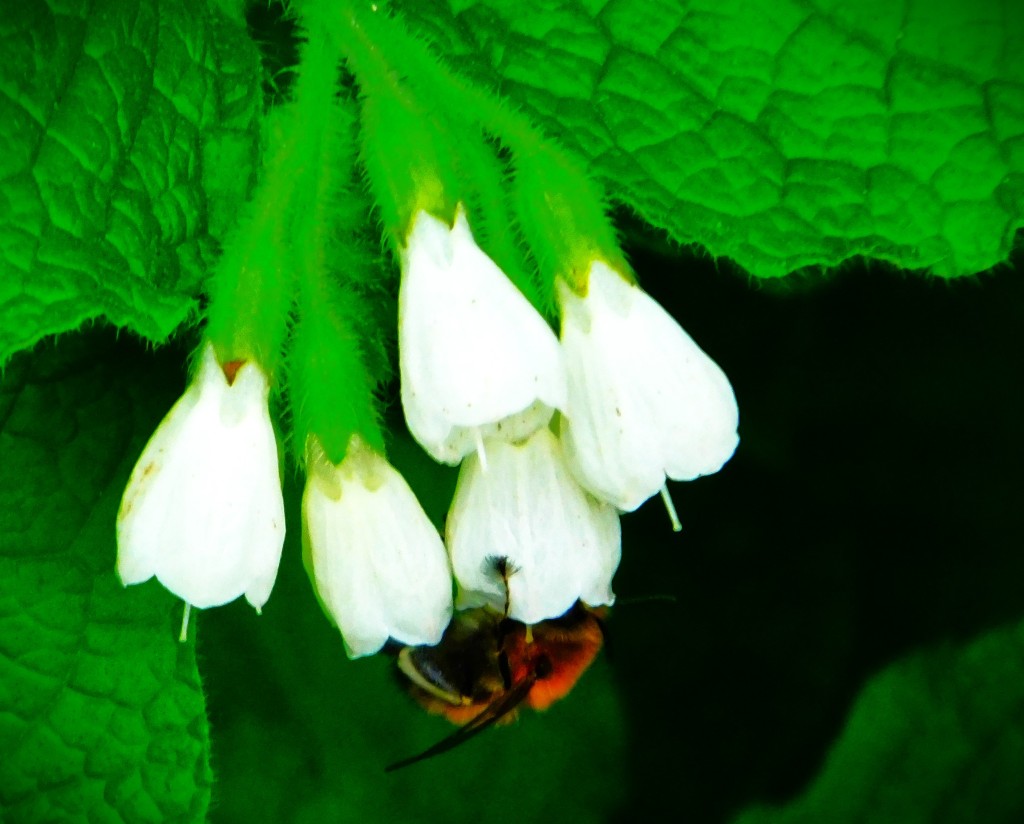



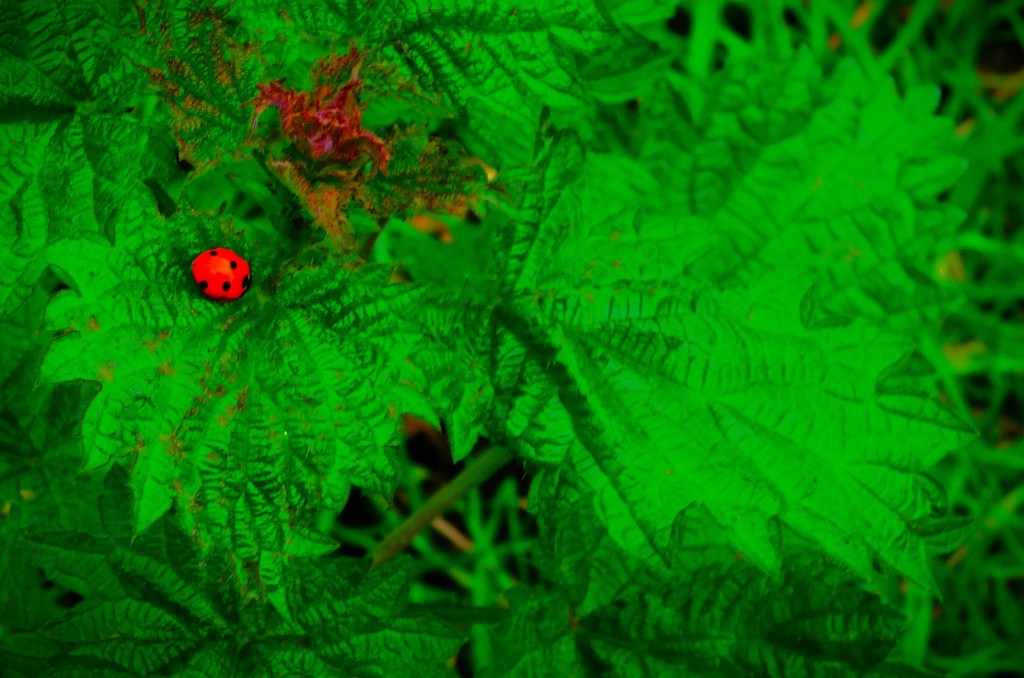
















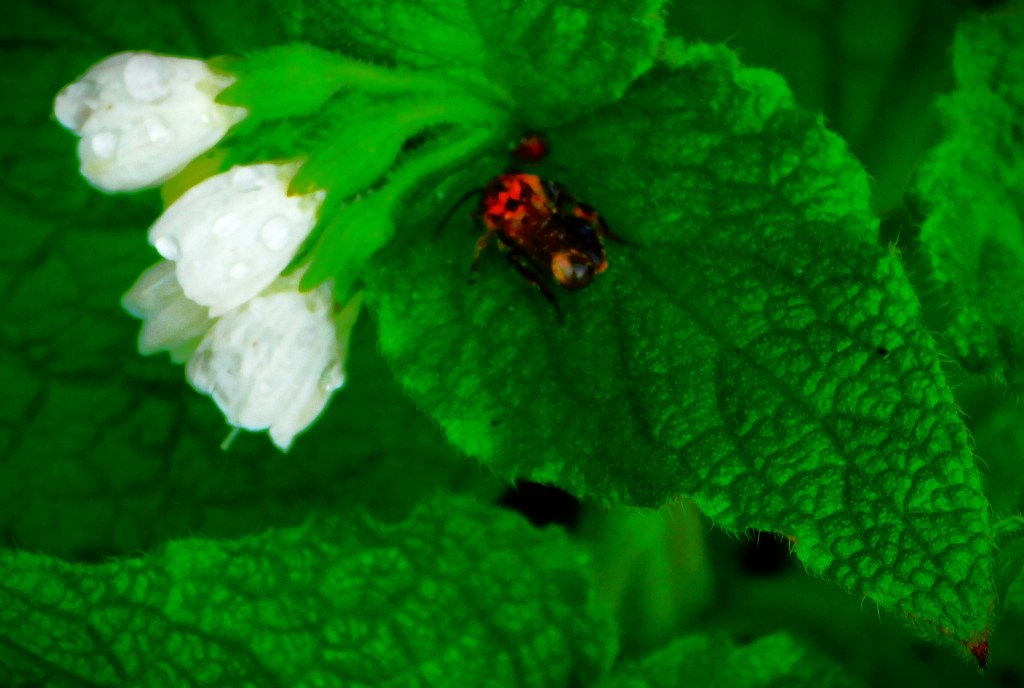


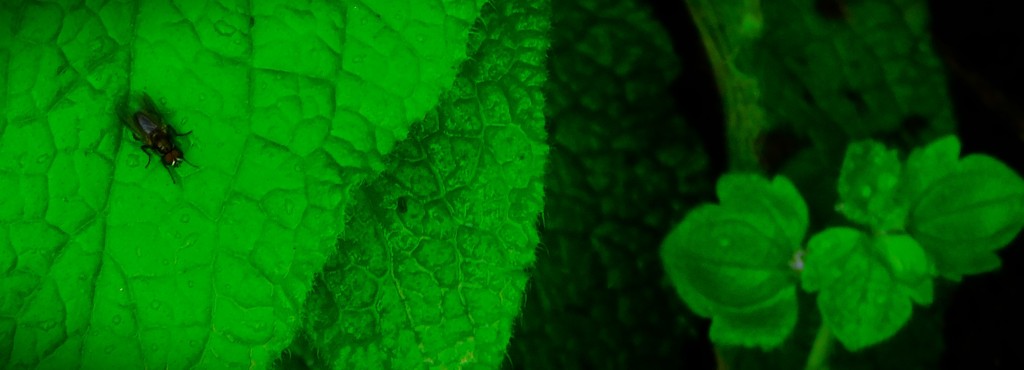
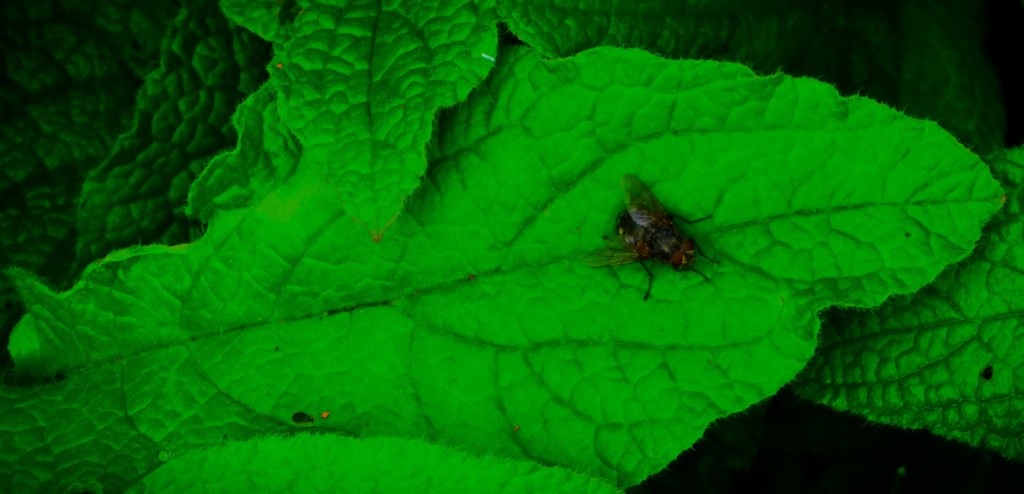

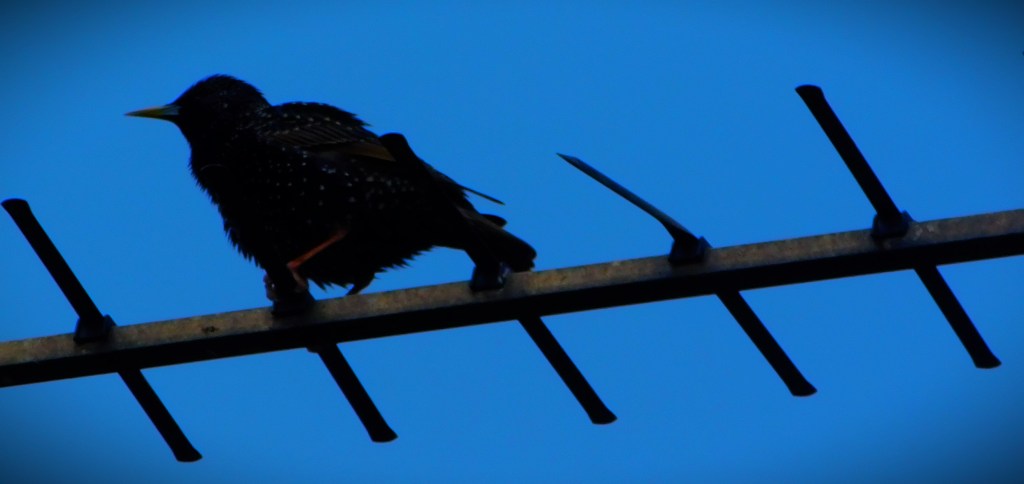
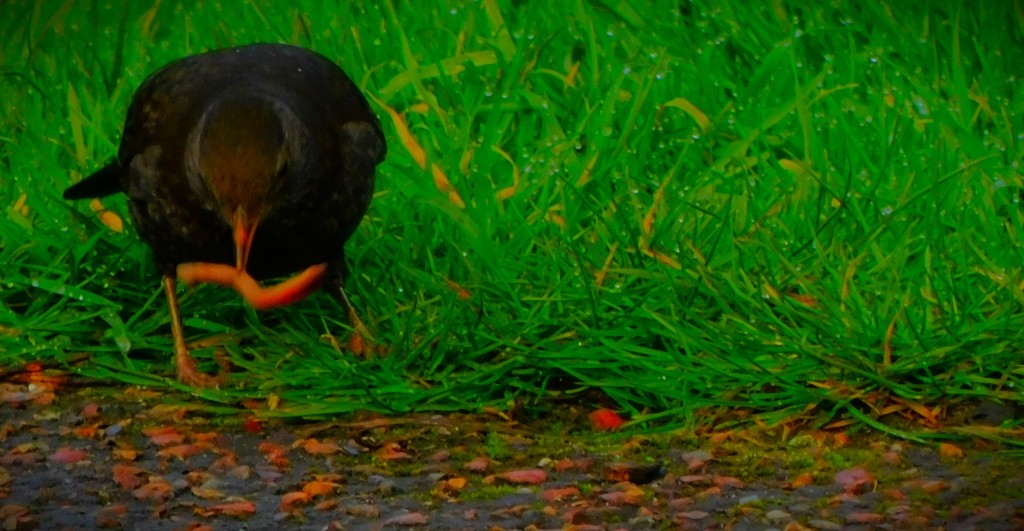
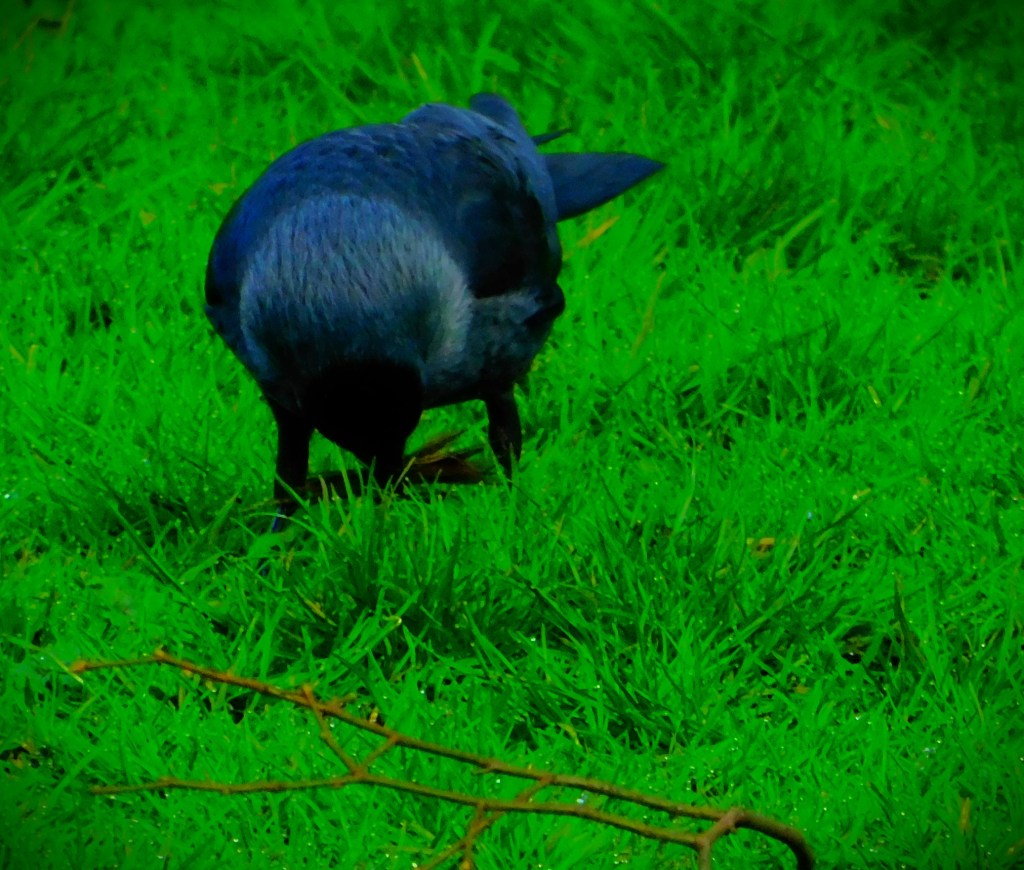

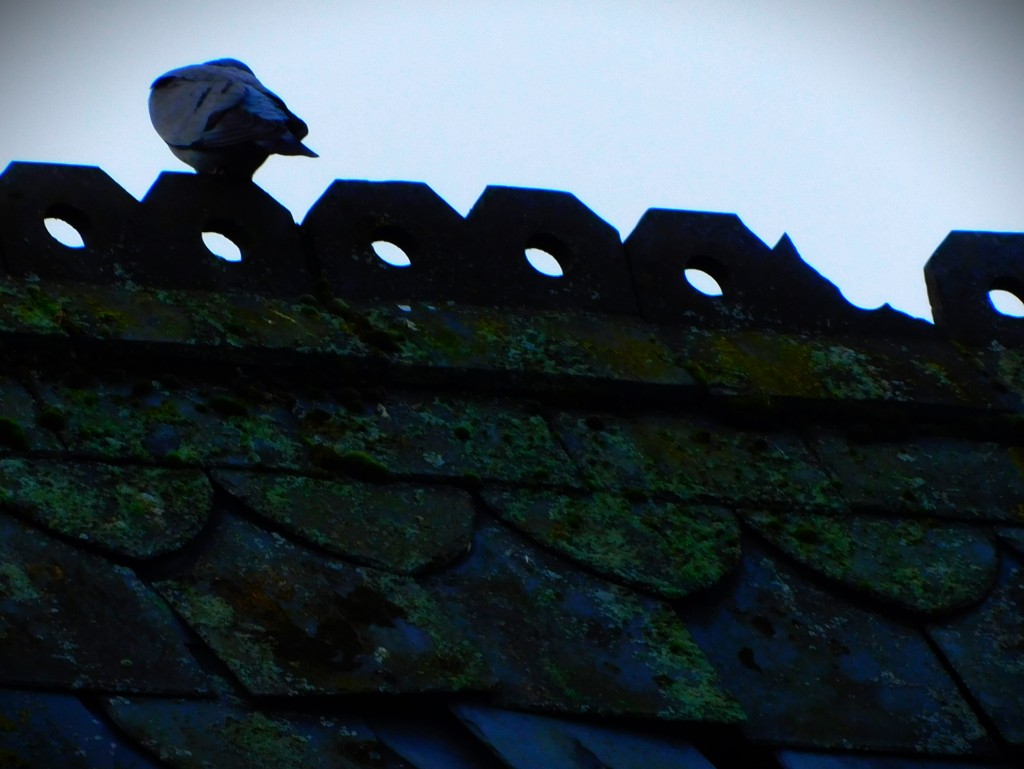

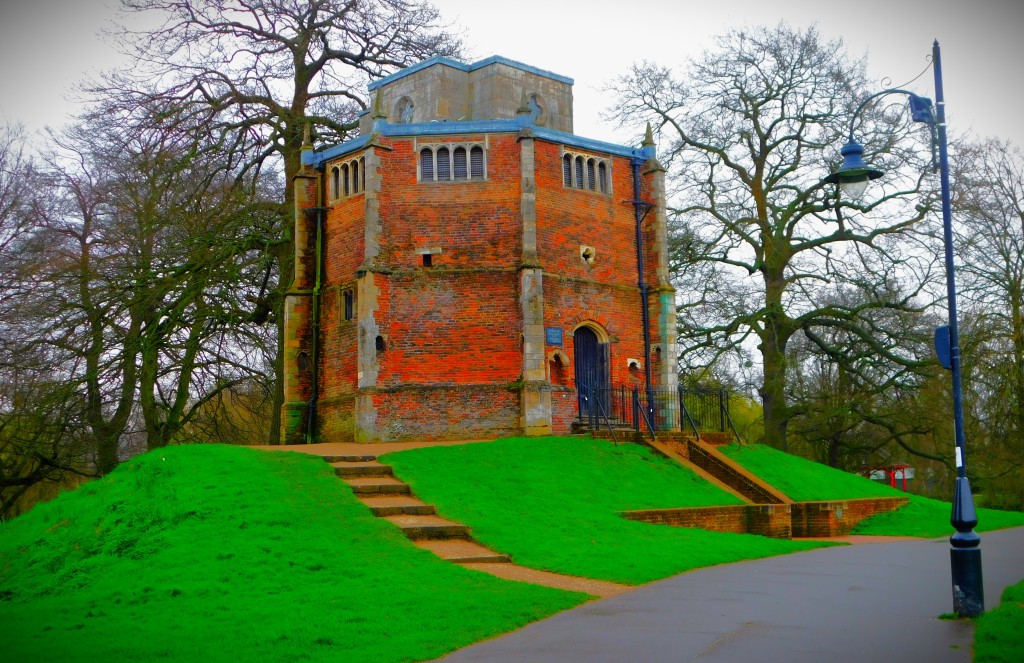
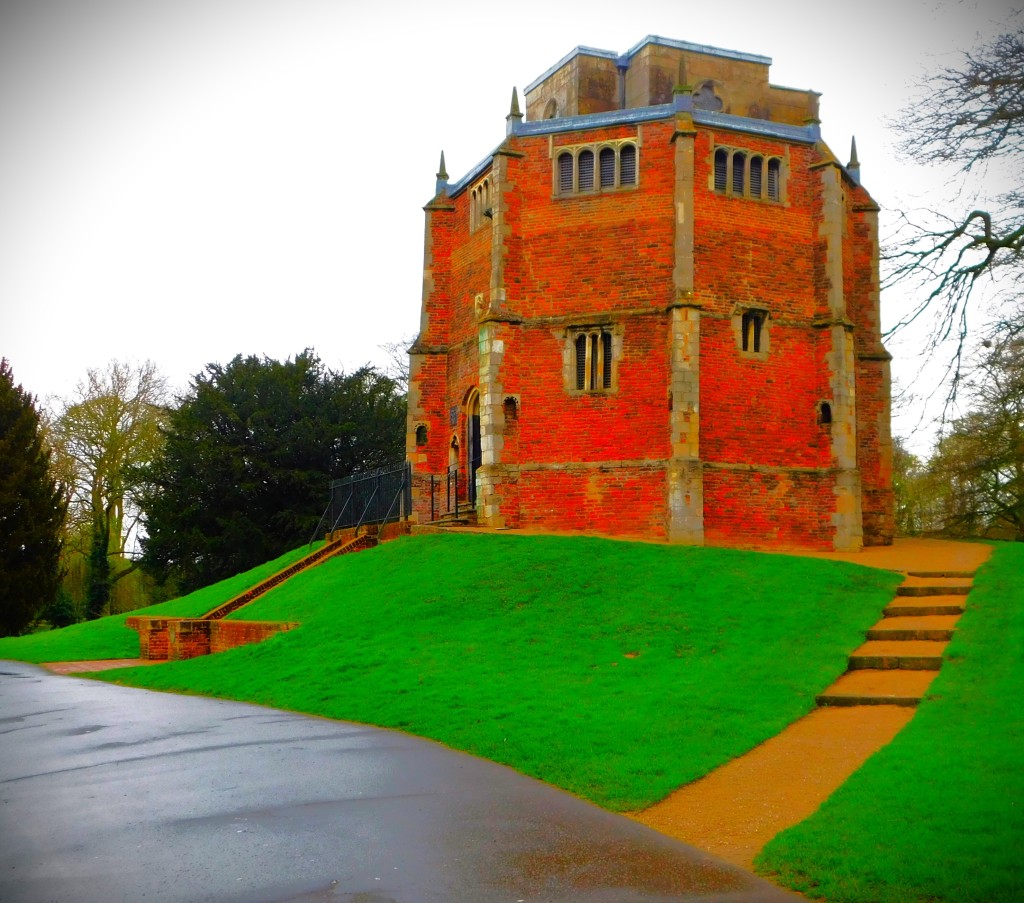

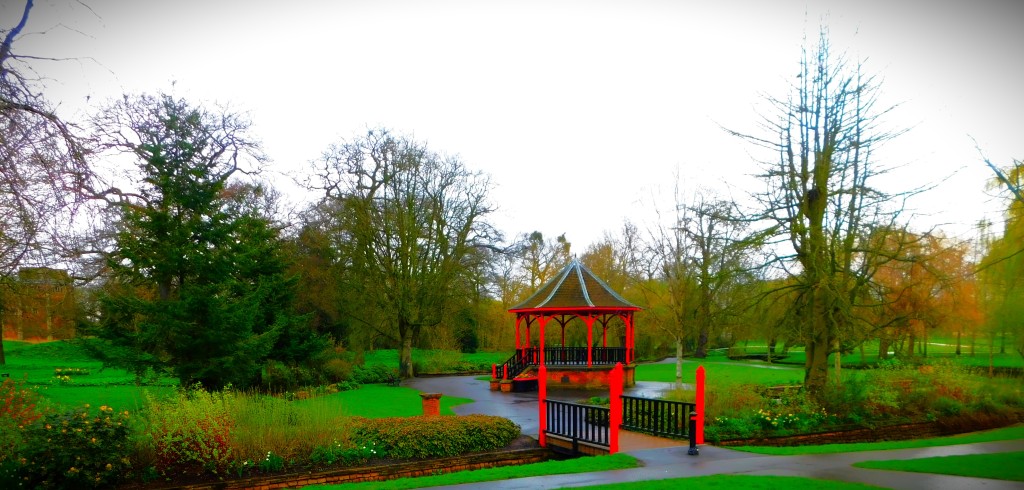



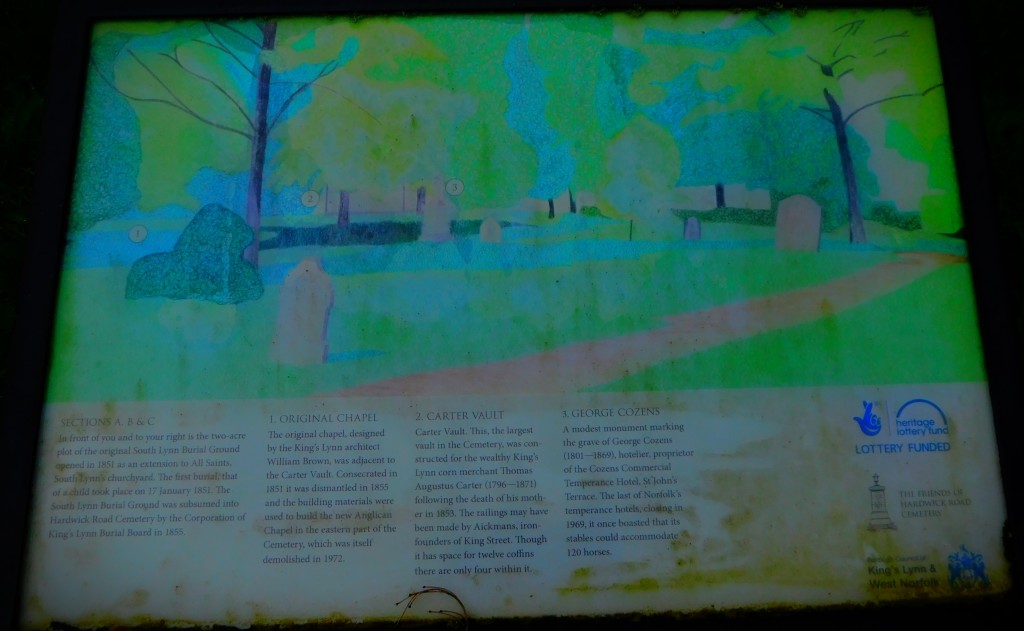

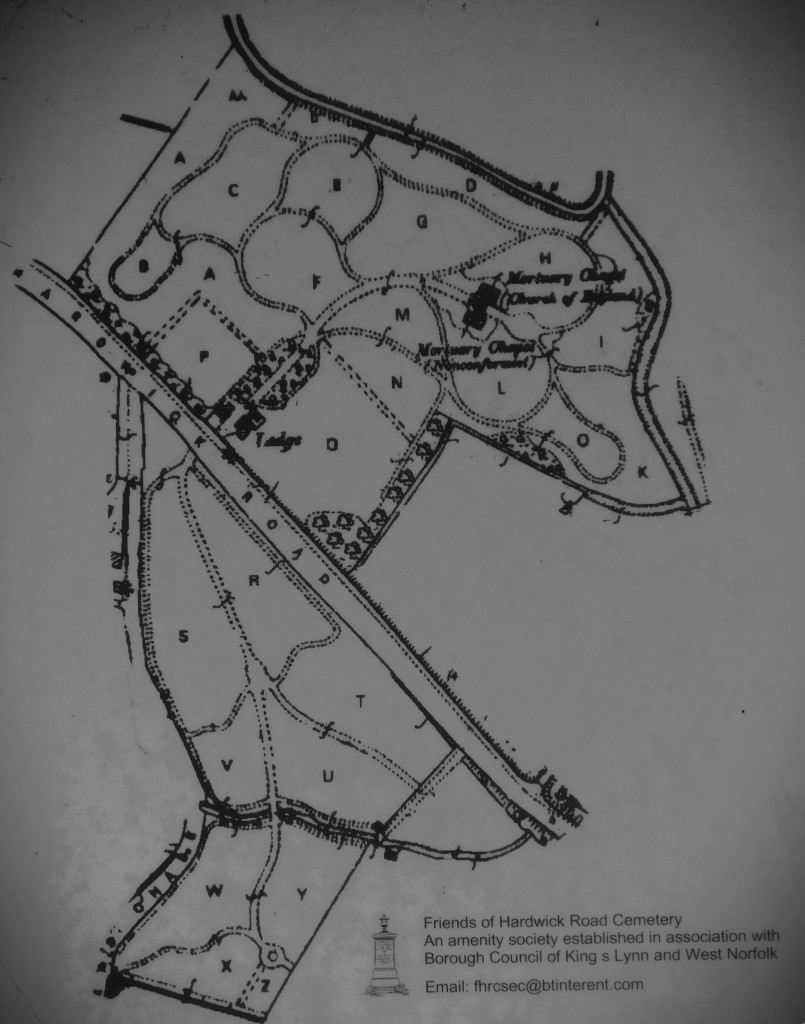

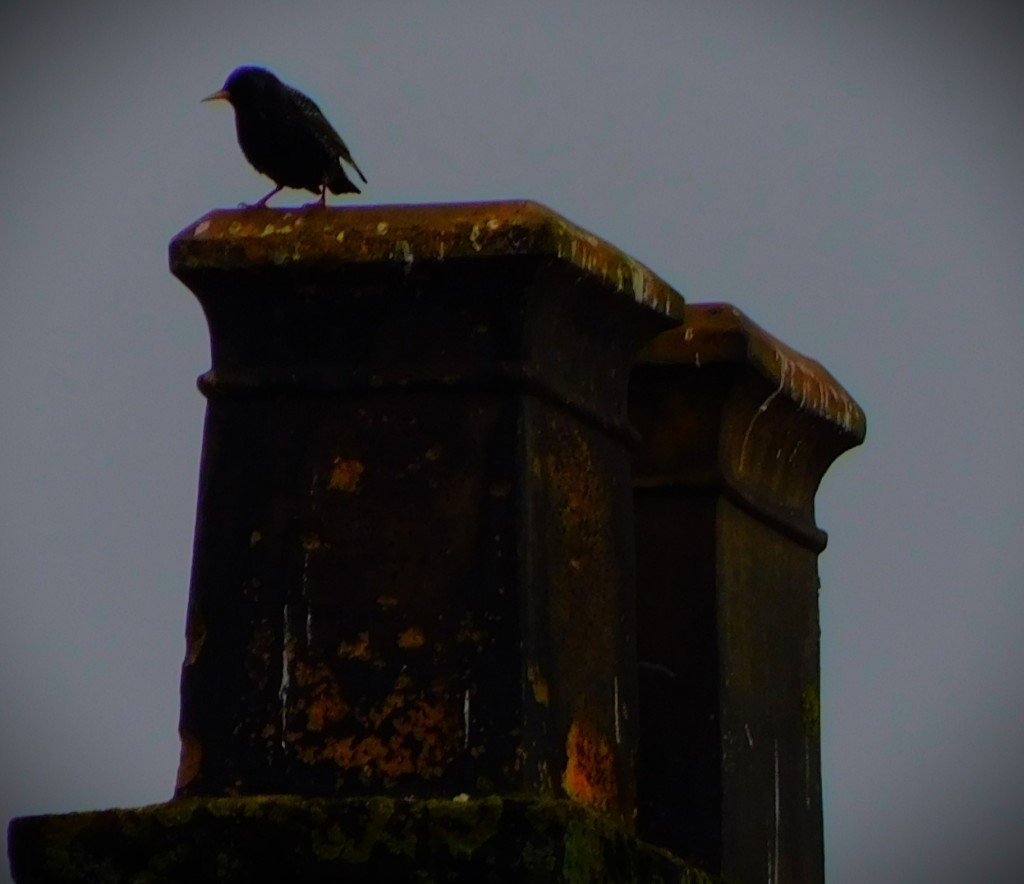




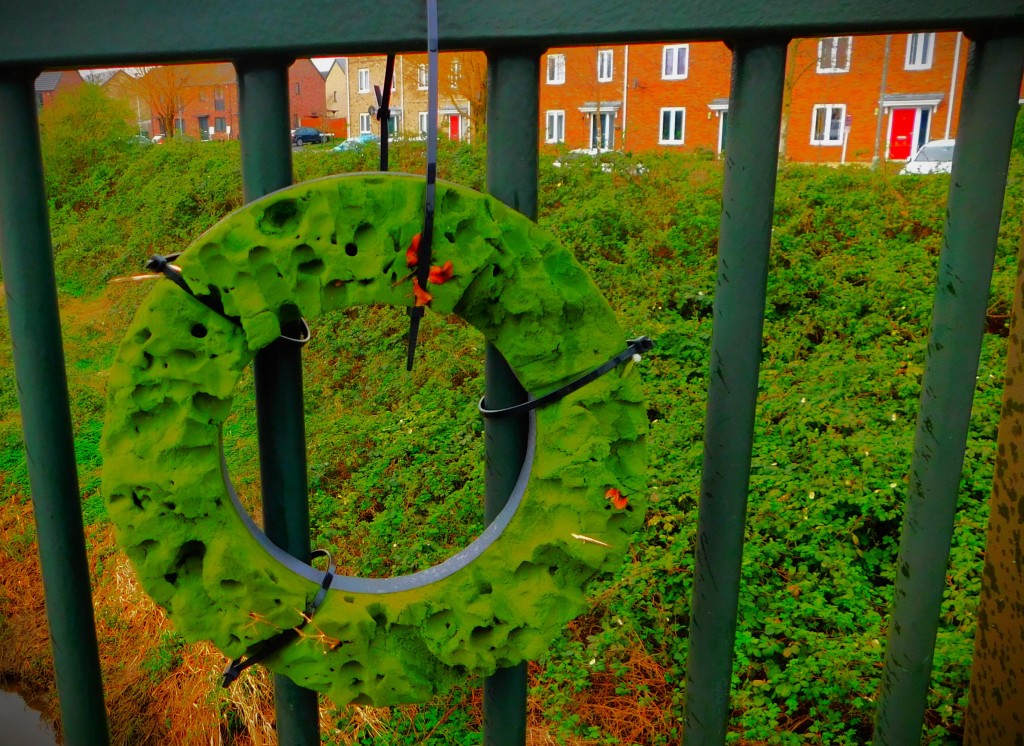


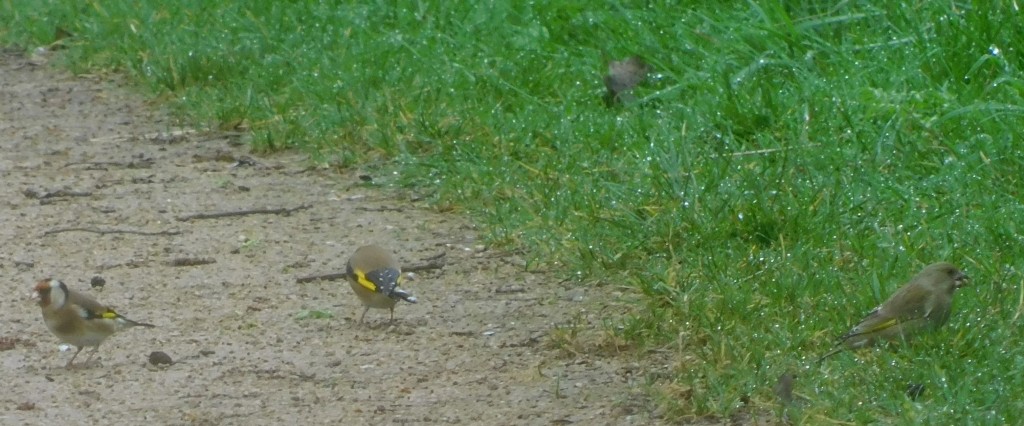
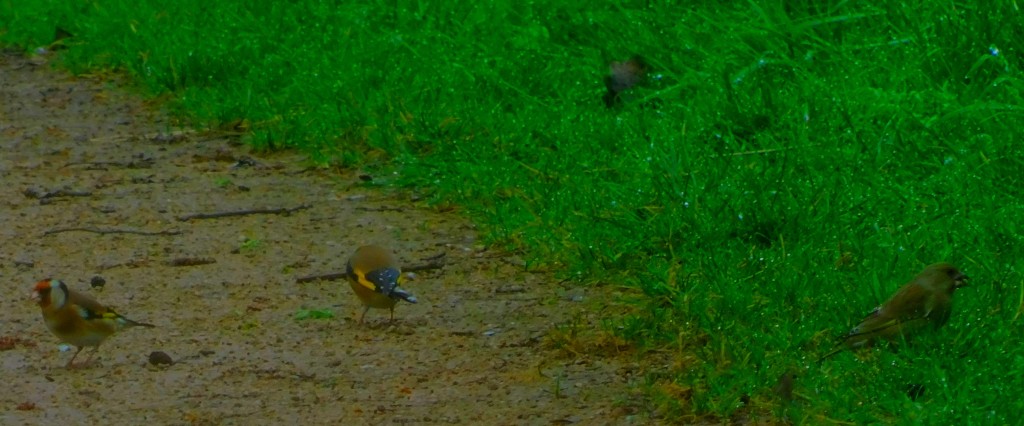


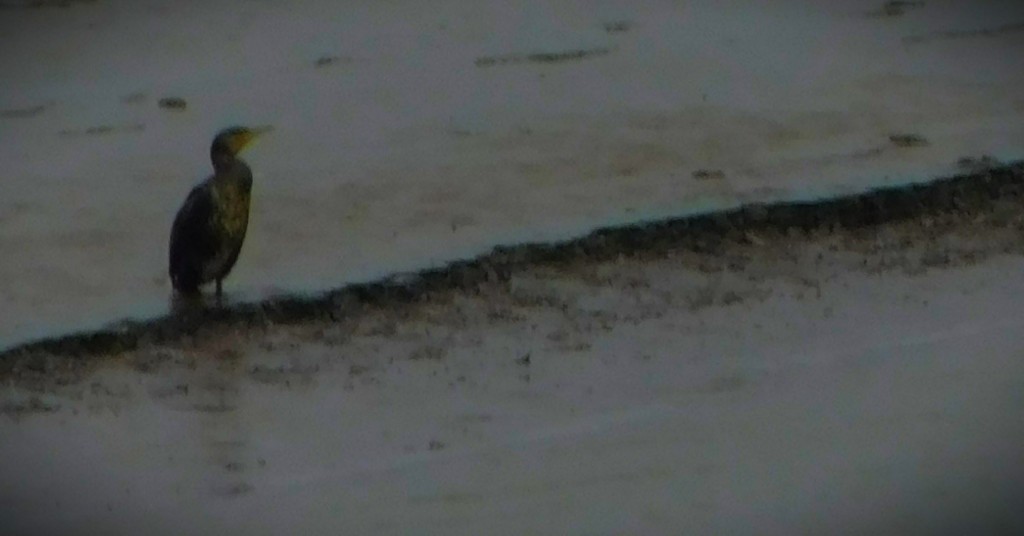






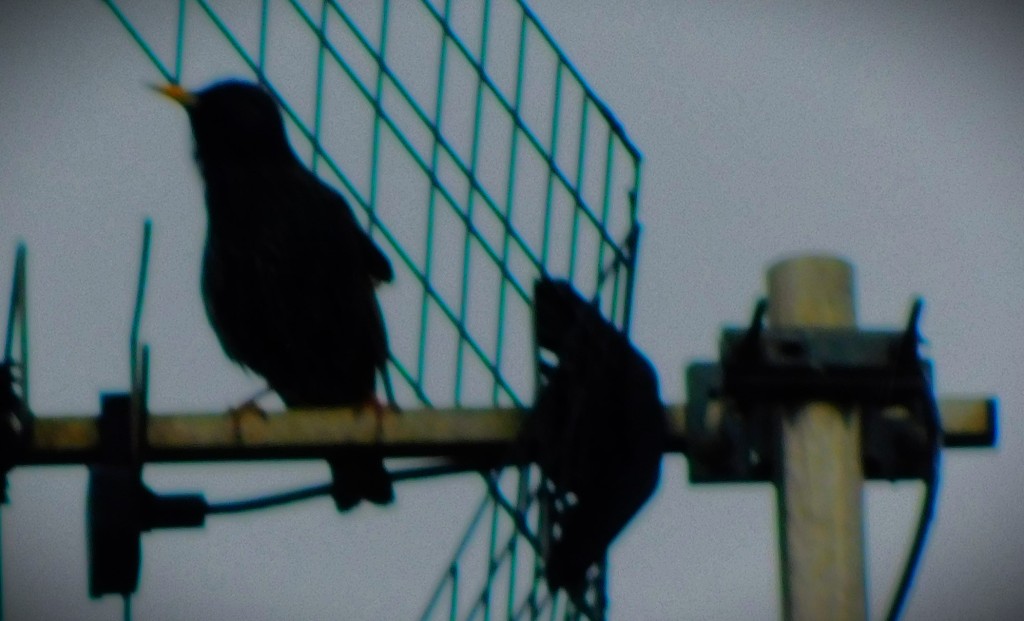
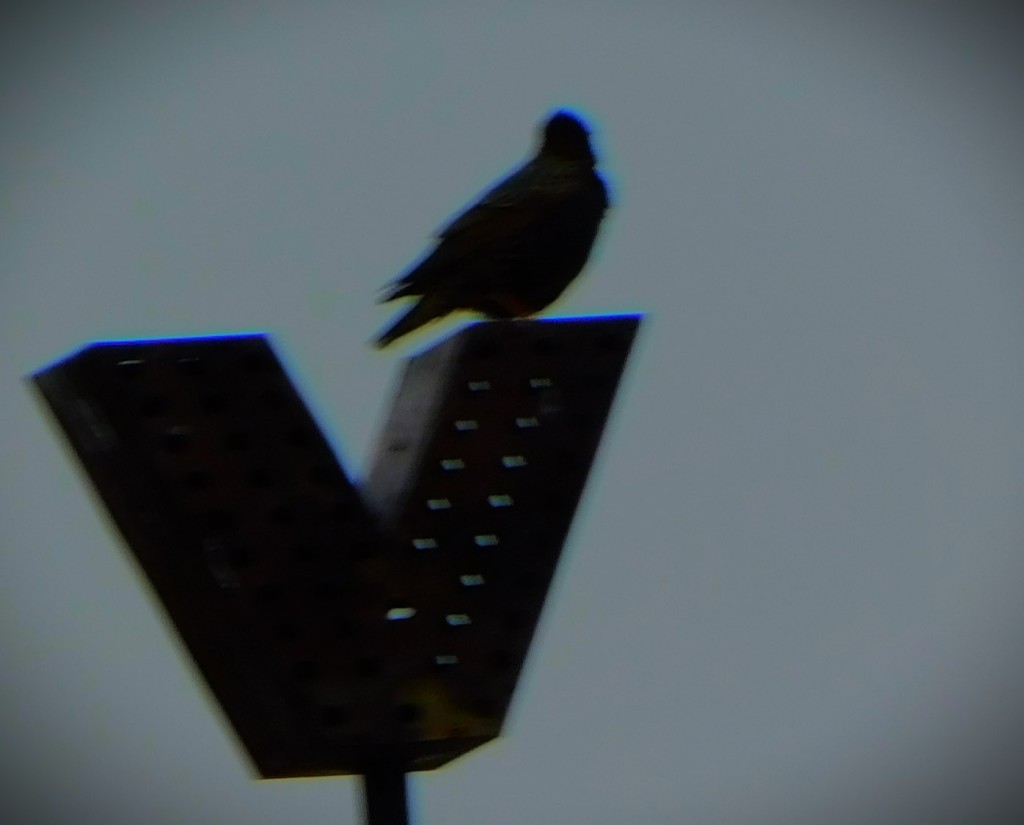





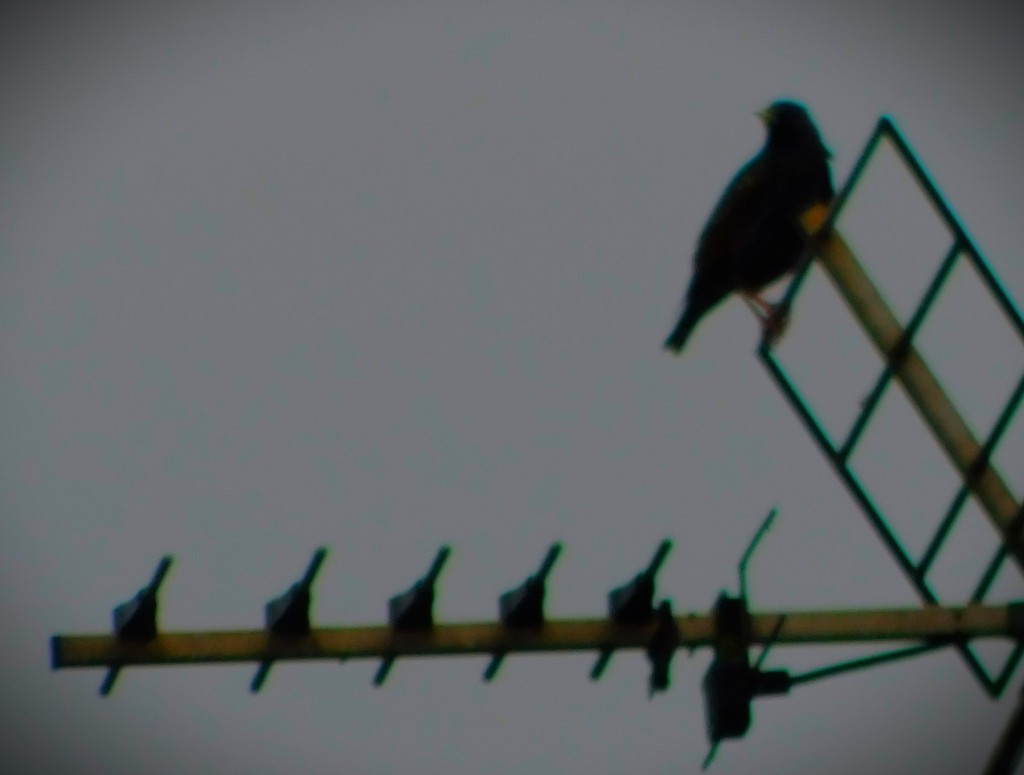
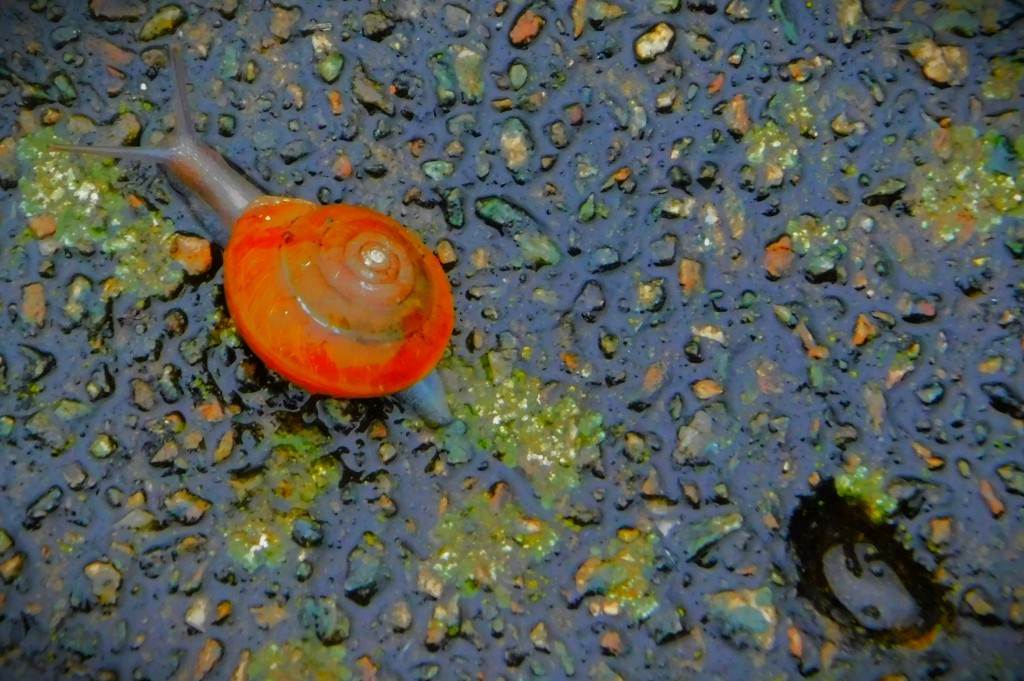


2 thoughts on “All Time XIs – South Africa 1889-1970”